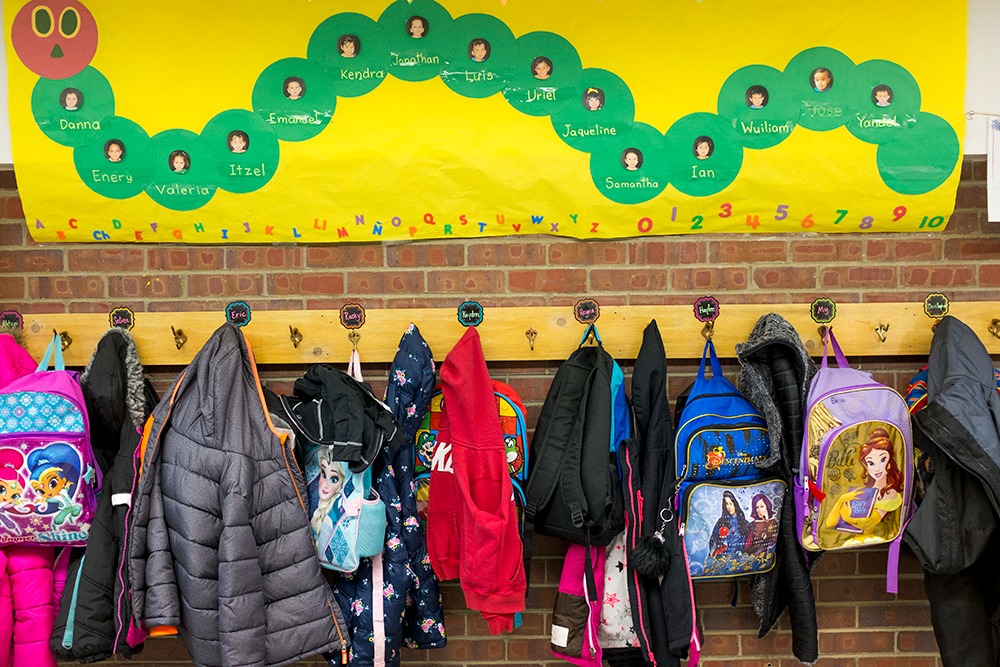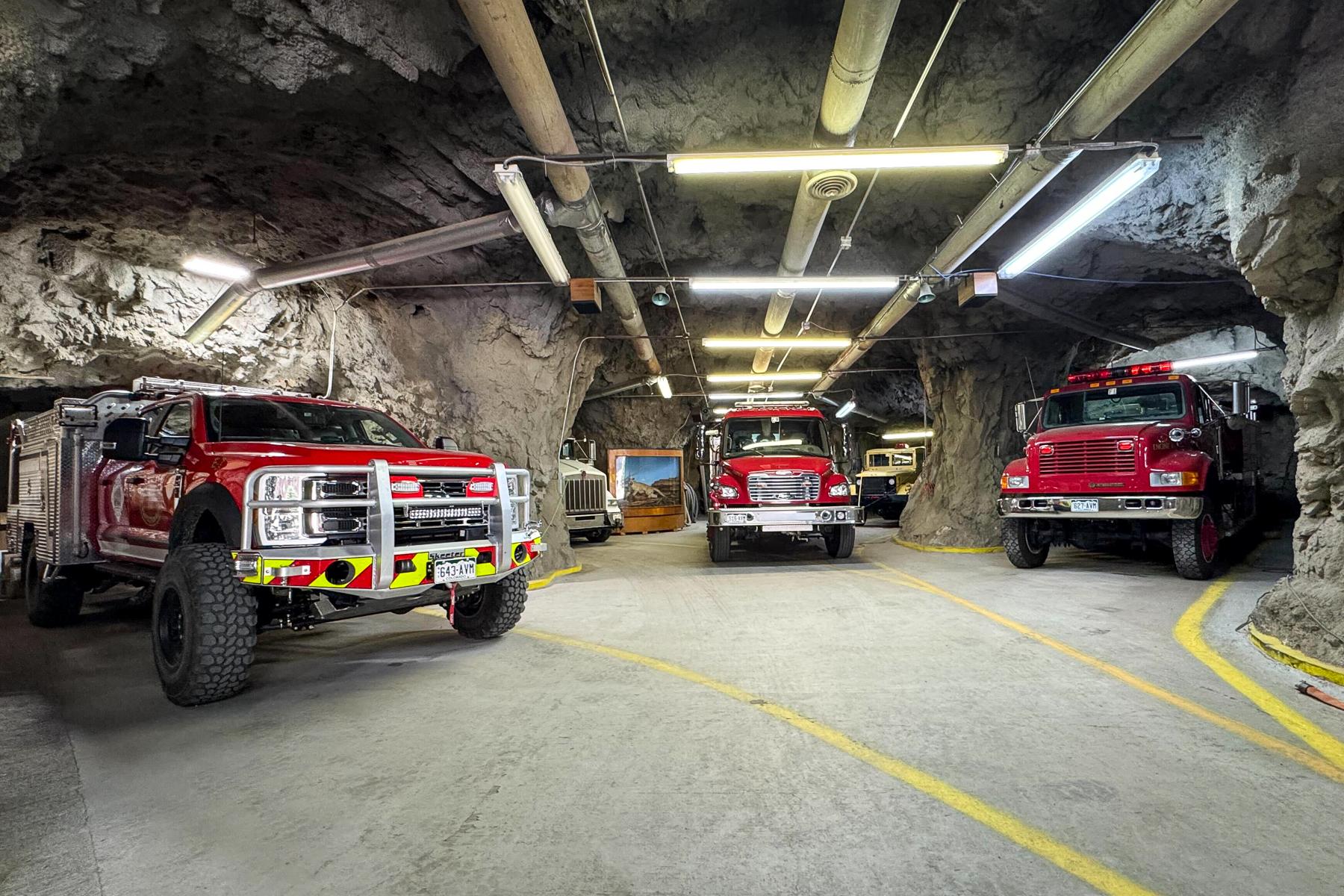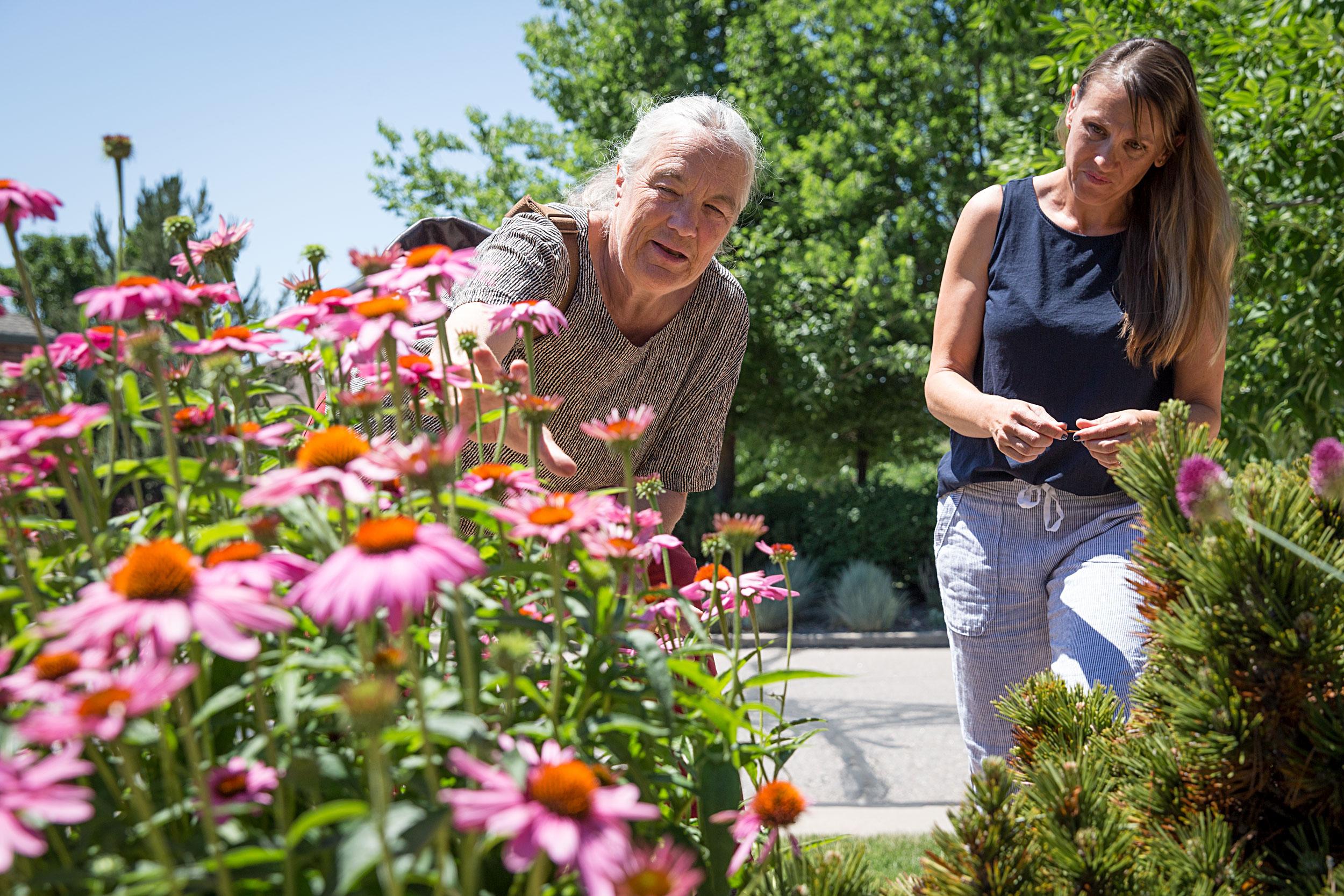
We get it, Colorado. You hate xeriscape.
You’re probably visualizing it right now. A landscape with neutral colors, rocks and maybe a cactus or two. It appears lifeless and well, just sort of ugly.
You still want to reap the benefits of a low-maintenance yard that gets by with little watering. One that may benefit the climate and meet your HOA’s expectations. We’re here to tell you it’s possible to have a beautiful yet sustainable landscape in Colorado.
“My overall message has been that we’re used to thinking about landscapes as just kind of pretty, as the frosting on the cake,” said Alison Peck, a designer and contractor with Boulder’s Matrix Gardens. “There’s a huge number of crucial benefits that sustainable landscapes do and it doesn’t take that much more attention to make them much more beneficial to us and the world around us.”
Peck, who also taught sustainable landscaping at Front Range Community College, helped us answer a few landscaping and gardening questions submitted through Colorado Wonders.
Want more climate solutions from Colorado Public Radio? Sign up for our free climate e-mail newsletter.
Let’s clear up any confusion about what xeriscape is and isn't.
Xeriscape was coined in Colorado by Denver Water. Xeric means dry, Peck said. It covers a wide array of alternatives and could be a landscape with a little less lawn, a yard entirely made up of a water-conserving grass or something in between.
“Xeriscape is not rock and cactus,” she said. “It’s an idea we’ve been fighting since day one. Rock and cactus don’t even belong here. This is a grassland. Not a desert.”
There’s not enough education around lawn care, especially when it comes to sustainability, she said. And xeriscape is not the only alternative to a lawn. Here are a few suggestions to match the perfect you with the best sustainable lawn for you.
If you’re a new homeowner with a new landscape from scratch...
Homeowners should determine what their goal is first. Are you trying to conserve water or energy? Do you want to grow food in your yard? Do you want to attract wildlife? What does sustainability mean to you?
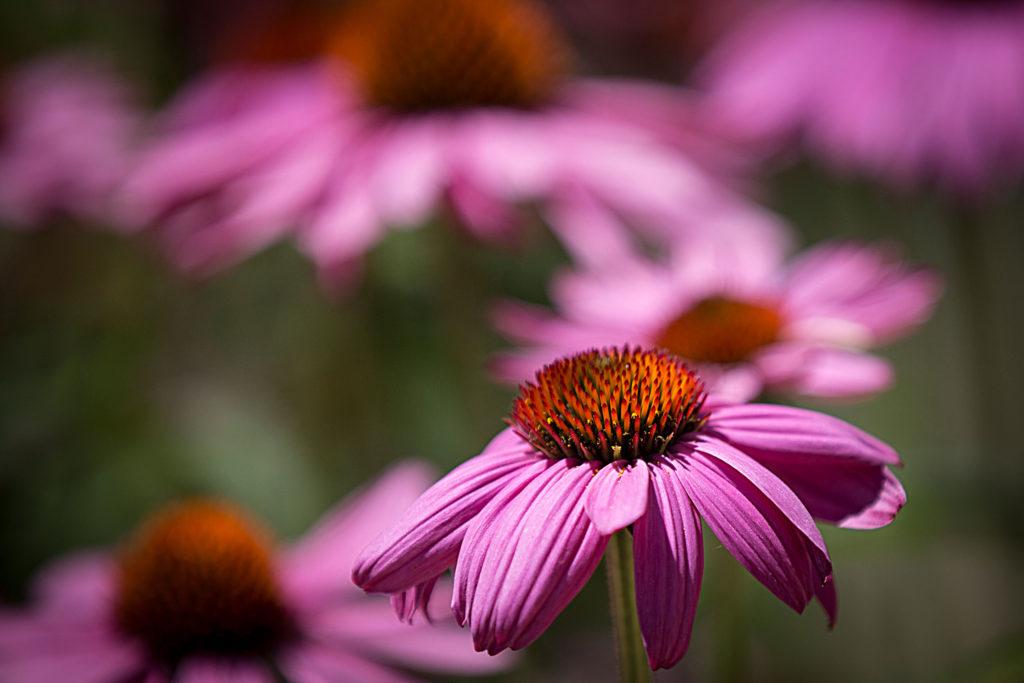
For many people, the goal is to have some combination of an outdoor living area, like a patio or deck, a garden with flowers or food and a lawn with enough room for playing.
“Sustainable landscapes can range from a low-water landscape providing wildlife habitat, to a high-water landscape that sequesters large amounts of carbon and provides an abundance of food,” she said. “The goal is to balance the resources used — water, energy and time, with the benefits created — food, habitat, carbon sequestered and happy and healthy people.”
Carbon sequestration is the long-term storage of carbon in the ocean, soil and other vegetation.
“There’s too much carbon in the atmosphere and not enough in the soil,” she said. “Encourage plants to have a big deep root system. Water them so you water deeply, which encourage roots to grow deeply. Water less frequently but water longer.”
Peck said most people rarely use their front yard so she recommends homeowners choose a landscape that compliments their house but isn’t a high water-use lawn.
For a garden, kitchen herbs, greens and vegetables balanced with perennial flowers are a good option. Peck said the area outside of the lawn can have a mix of shrubs, trees and low water grasses that will be interesting year-round and provide fruit for people or wildlife.
Bluegrass is installed in many new homes is because it’s relatively cheap upfront, everyone knows how to care for it and it looks nice.
“In the long run, there are lots of alternatives to lawns that will be less expensive when you keep in mind the cost of watering, mowing, fertilizing, all the maintenance that’s required,” she said. “Any other type of landscape is culturally a challenge.”
If you have kids or a dog, but want to save water...
If your number one priority is conservation, “think about how you’re watering” your lawn, Peck said.
She recommends an irrigation audit to see if your sprinkler system is efficient and getting a smart controller that will automatically modify your irrigation system. Some cities and water providers offer audits for free or at low cost. She also said it’s hard to efficiently water grass in small areas so just avoid it if you can.
Alison Peck, Landscape Designer“Xeriscape is not ‘Zero-scape.’”
Let’s say you want a yard for your kids and dog to play on. It doesn’t have to be your entire lot and it doesn’t need to be in both the front and back yard.
“For a lawn that will be frequently used year-round, bluegrass is usually the best choice,” she said. “I’ve tried everything I could find and there is no replacement for bluegrass in a yard that is getting a lot of wear and tear.”
Bluegrass is very resilient. Kids can run holes in it, dogs can pee and dig in it and it will grow right back, she said. But it’s a high water use plant so carefully consider how big of an area you want.
If your lawn won’t get a lot of wear and tear, you have other options.
“We have used a lot of turf-type tall fescue,” Peck said. “It has a much deeper root system which makes it much more water-conserving.”
Buffalo grass is another alternative. Peck said it’s a native grass and so long as it rains and snows, it won’t need supplemental water. But she warns it’s a warm-season grass and likes being in a hot and dry climate, like southeast Colorado. Because of that, it can be invaded by weeds. It’s also only green when the soil warms up in the spring and goes dormant when the soil cools down.
Blue grama grass is another native prairie grass but it can’t withstand wear and tear, Peck said.
If you're ready to ditch your grass and go xeric...
“Since most of us have largely bluegrass lawns, the first place to look at is those places of your yard where it’s hard to keep up your bluegrass lawn,” she said.
In the areas where the lawn turns brown, your irrigation system doesn’t work so well and it’s just generally hard to keep up, think about what you would like to have instead, Peck said.
Also factor in your budget, timeline and goals.
“Perennial flower gardens grow in quickly, usually within a year, but are much more expensive and higher maintenance than shrub beds, which might take three to five years to fill in,” Peck said. “Successfully renovating a small area will lead to future successes, while a frustrating large project may end your sustainable landscaping ambitions.”
Alison Peck, Landscape Designer“I’ve tried everything I could find and there is no replacement for bluegrass."
If you’re killing your lawn by solarizing it or “cooking” it by covering it in clear plastic, then consider doing it in sections, Peck said.
Her other advice: “Don’t plant a colorful perennial flower bed” that can easily be invaded by weeds if you want a low water and low maintenance yard. If you leave bare ground, like mulch, gravel or rock beds, something will grow there and it will probably be a weed.
“Weeds can be minimized by outcompeting them using plants that are at least 18 inches tall and dense enough to cover the ground, placed so they will entirely cover the ground once they reach their mature size,” she said. “To outcompete weeds, your best options are healthy turf or a mix of shrubs.”
Peck said depending on the plant, it’s safe to plant between late March to October, but use caution during summer heat.
Here are some of Peck’s shrub recommendations:
Lydia Broom, Autumn Amber Sumac, Gumball Spirea, Broadmoor and Blue Chip Junipers, Dwarf Blue Rabbitbrush and Pawnee Buttes Sand Cherry.
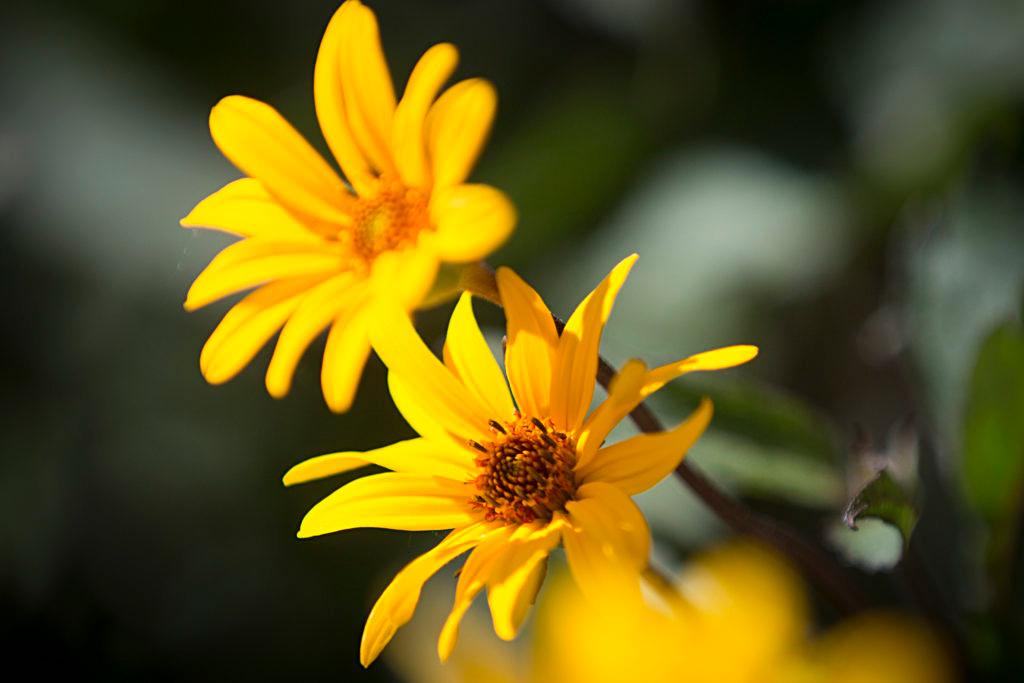
If you love wildlife...
Native plants are your best friend if you want to create a habitat for wildlife. Native plants are homes for native insects and native insects are the crucial base for the food pyramid, Peck said.
“Ninety percent of all birds depend on insects to raise their young,” she said. “This means that the insects in your yard are a resource, not a problem.”
Peck said plants in the sunflower family provide seeds for birds.
- Native Blanket Flower (Gaillardia)
- Black-eyed Susans (Rudbeckia)
- Asters — bonus, they’re also excellent for pollinators, like bees
These are some easy-to-grow fruit that birds love.
- Serviceberry (Amelanchier)
- Clove Currant (Ribes odoratum or aureum)
- Nanking Cherries (Prunus tomentosa)
You might also consider a birdbath or another water feature that can hydrate birds but also provides shallow water, wet stone or mud for insects, Peck said.
Sunflowers, mint and umbel in the parsley or carrot family give butterflies and bees nectar and pollen.
“A healthy population of birds and insects will dramatically reduce any insect pest problems,” she said. “Ladybugs and paper wasps eat aphids in the spring, while a variety of wasps eat cabbage worms and potato and bean beetles later in the summer. Our native Rabbitbrush are covered with Painted Lady butterflies in the fall.”
If you don't want grass (or rocks)...
We said it before and we’ll say it louder for the people in the back.
“Xeriscape is not ‘Zero-scape,’” Peck said. “Rocks are not xeriscaping. There are many beautiful alternatives.”
Peck said you can have a native prairie grass with wildflowers or xeric perennial flowers, grasses, shrubs and trees. Your landscape can be designed to fit you, what you like to do outside, your budget and your schedule.
“We have created water-conserving Victorian gardens, native landscapes that require no water once established, and modern landscapes that combine very low water and maintenance areas with abundant oases that provide food for people and wildlife,” she said.

